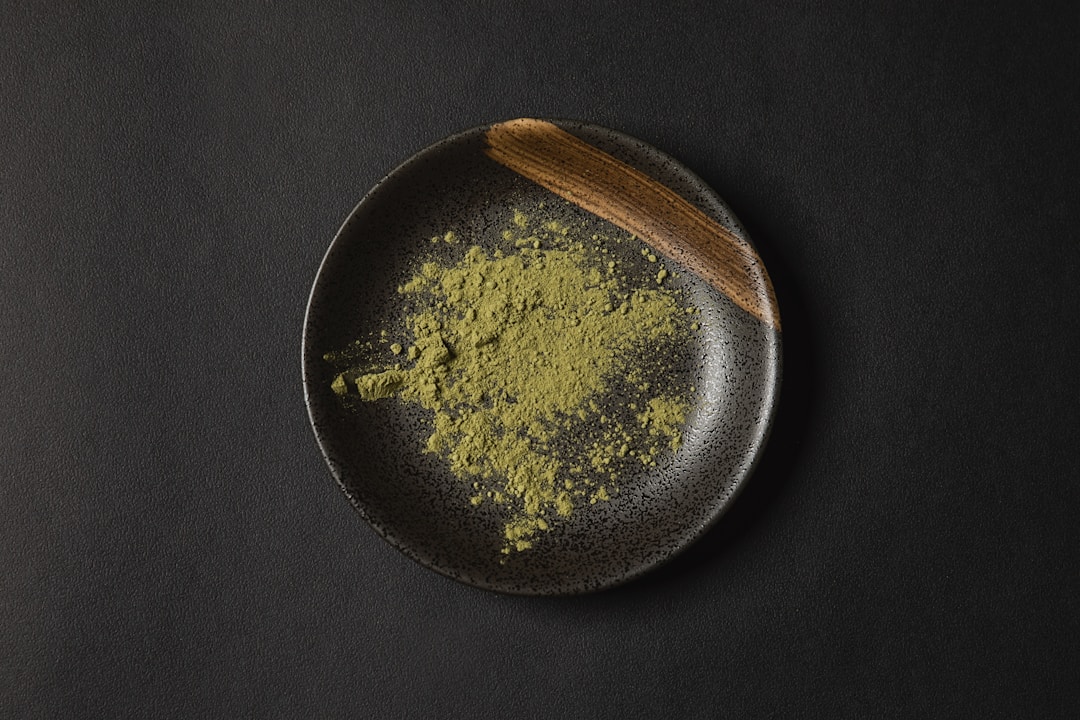The herbal supplement Kratom has caught the public’s eye, promising a range of effects from mild stimulation to pain relief. Derived from the leaves of the Mitragyna speciosa tree indigenous to Southeast Asia, it’s a complex substance with multiple components that influence its potency and efficacy. Understanding how Kratom interacts with the human body is crucial for those considering its use. Below, we explore the intricacies of Kratom’s components, its effects on the body, and the legal considerations one must keep in mind.
Understanding Kratom and Its Primary Components

Kratom’s primary active ingredients are alkaloids, specifically mitragynine and 7-hydroxymitragynine. These compounds are responsible for the plant’s unique effects on the human body. The concentration of these alkaloids can vary significantly depending on several factors, including the age of the plant and the environmental conditions in which it’s grown.
The most abundant alkaloid found in Kratom is mitragynine, which is thought to have mild stimulant effects at lower doses. At higher concentrations, however, it may produce sedative effects. This dual action is part of what makes Kratom a substance of interest for both recreational and medicinal purposes.
Besides mitragynine, 7-hydroxymitragynine is also a notable component of Kratom, though it occurs in smaller quantities. It is, however, considered to be significantly more potent and contributes substantially to the analgesic properties of the plant. These primary alkaloids are just a few among the 25 identified in Kratom, each presenting its impact.
It’s also worth noting that these alkaloids can interact differently from person to person. The subjective nature of their effects makes personal experience vary, with some individuals reporting significant benefits and others finding little to no effect.
Comparative Analysis of Kratom Strains and Their Varied Effects
Kratom comes in a variety of strains, each boasting its own unique alkaloid profile and effects. Green, red, and white vein strains are classified based on the color of the vein running through the leaf, which correlates with the maturity of the plant and the corresponding chemical composition. For instance, Green Maeng Da Kratom is a popular strain known for its potent and balanced effects that combine pain relief with stimulation.
Red vein strains are typically associated with stronger analgesic and sedative properties, making them a preferred choice for individuals looking to alleviate pain or promote relaxation and sleep. In contrast, white vein strains are often sought after for their stimulating and mood-enhancing effects, potentially lending to greater alertness and focus.
Thanks to these differing effects, users can pick a Kratom strain that best fits their specific needs. As the strain determines the concentration of alkaloids, beginners are advised to start with smaller doses to observe how their bodies respond before experimenting with different strains and concentrations.
Furthermore, the method of consumption plays a role in the onset and duration of Kratom effects. Whether in the form of powder, capsules, tea, or extracts, each method can alter the experience. Users are encouraged to approach each strain and method of consumption with caution and respect for the substance’s potency.
The Interaction of Kratom Alkaloids With Human Physiology

Alkaloids from Kratom interact with the body’s central nervous system, particularly with opioid receptors. While Kratom is not an opioid, it does engage with these receptors in a way that can produce similar effects, such as pain relief and a sense of euphoria. This is one of the reasons Kratom has been looked at as an alternative to opioid painkillers, which are known to be highly addictive.
The interaction with opioid receptors, however, is different from traditional opioids. Kratom alkaloids are described as partial agonists, which means they do not stimulate the receptors with the same intensity.
Understanding these interactions is fundamental for users to gauge potential benefits and risks. The complex interplay of Kratom’s alkaloids with various receptor pathways underscores the need for caution and responsible use, especially among individuals with underlying health conditions or those taking other medications.
Overall, Kratom presents a complex interplay between natural compounds and human physiology. Kratom users should navigate its properties with care, awareness, and respect for its potential and limitations.


